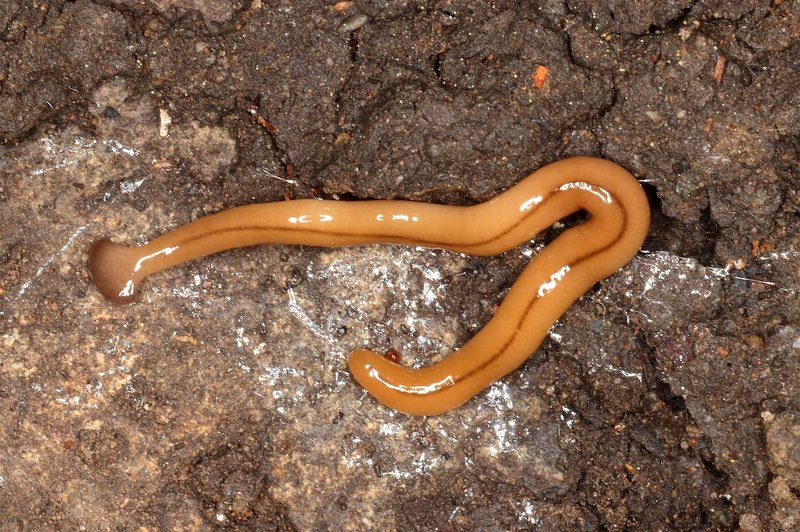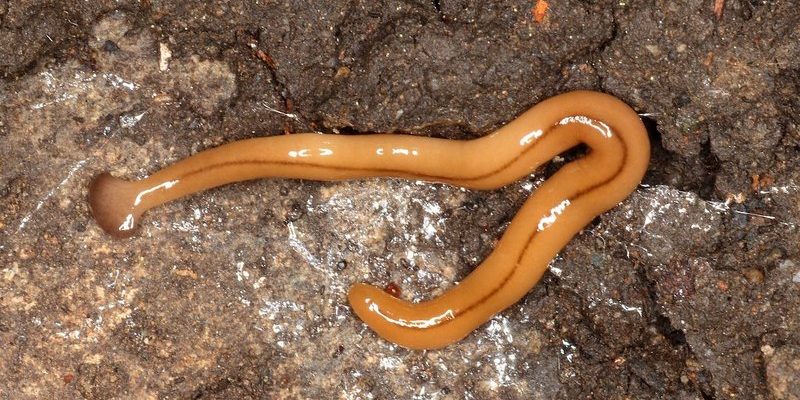
Imagine you’re sipping coffee with a friend who’s curious about improving their garden. They’re frustrated by these pesky hammerhead worms but don’t want to resort to harsh chemicals. That’s where we come in! This article will guide you through natural plots and methods to help reduce hammerhead worm populations while keeping your garden healthy. Ready? Let’s dig in!
Understanding Hammerhead Worms
Before we dive into ways to reduce hammerhead worm numbers, it’s helpful to understand what they are. Hammerhead worms, or *Bipalium kewense*, are part of the flatworm family. They’re named for the distinctive, hammer-like shape of their heads. Typically, you’ll find them in warm, humid environments, as they love to hide in moist soil or among decaying leaves.
You might be wondering why these critters are problematic. Well, hammerhead worms prey on beneficial soil organisms, especially earthworms. They can disrupt soil health, which is crucial for healthy plant growth. So, if you notice your plants struggling, it might be time to consider some natural control methods to keep hammerhead worms in check.
Creating a Healthy Ecosystem
One of the best ways to reduce hammerhead worm numbers naturally is by cultivating a healthy ecosystem in your garden. A thriving environment can attract beneficial organisms that help keep pests like hammerhead worms in balance. Start by planting a diverse range of plants that can thrive in your area, as this variety can attract natural predators and improve soil health.
Incorporate native plants into your garden, as they’re adapted to your climate and soil conditions. These plants can support bees, butterflies, and even birds, all of which play a role in maintaining the garden’s ecosystem. The more balanced your garden is, the less likely it is to become a hammerhead worm hotspot.
Use Companion Planting
Companion planting is a fantastic strategy that involves growing certain plants together for mutual benefits. Some plants naturally repel pests, while others can attract helpful insects. For example, planting marigolds can deter various pests, including hammerhead worms, from making themselves at home in your garden.
Try to mix and match plants based on their compatibility. Here’s a quick list of companion plants that can help:
- Marigolds: Repel nematodes and other pests.
- Basil: Great for keeping flies and mosquitoes away.
- Garlic: Acts as a natural repellent for many insects.
So, as you plot out your garden, think about adding these companions to give hammerhead worms a run for their money!
Using Natural Barriers
Another effective strategy is to set up natural barriers in your garden. Think of these as tiny fortresses that keep unwanted guests like hammerhead worms at bay. You can create barriers using materials like crushed eggshells, diatomaceous earth, or even gritty sand.
- Crushed Eggshells: These can deter pests and provide nutrients as they break down.
- Diatomaceous Earth: A natural, non-toxic powder that can help keep pests away.
- Gritty Sand: Apply a layer around your plants to create a rough texture that worms may avoid.
To use these barriers, simply sprinkle or spread them around the base of your plants. They’ll help keep hammerhead worms from getting too close to your precious herbs and vegetables.
Encouraging Natural Predators
Here’s the thing: nature has its way of balancing things out. By encouraging natural predators, you can help keep hammerhead worm numbers in check. Certain birds and beneficial insects feed on flatworms and can help maintain their population.
Consider installing birdhouses or butterfly gardens to attract these helpful critters. Birds like sparrows and wrens often feast on worms, plus they’re charming to have around!
Another option is to introduce beneficial insects. Ladybugs and lacewings are great examples, as they can help control pest populations. The more diverse and vibrant your garden ecosystem, the more likely it is to attract those natural predators that can keep hammerhead worms at bay.
Maintaining Soil Health
Soil health plays a massive role in controlling hammerhead worms as well. Healthy soil fosters a robust ecosystem that can resist pest populations. Make sure to regularly add organic matter, like compost, to improve soil structure and nutrient content.
You might also want to consider rotating your crops. This practice encourages a variety of plants in your garden and disrupts the life cycles of pests, including hammerhead worms. Crop rotation helps prevent them from getting too comfortable in one area.
There’s no one-size-fits-all approach, but as you work on maintaining your soil’s health, you’ll likely notice a difference in your overall garden dynamics, including fewer unwanted invaders.
Monitoring and Manual Removal
Sometimes, a hands-on approach is necessary. Keeping an eye on your garden and manually removing hammerhead worms can be an effective way to manage their numbers.
Take a stroll through your garden regularly, especially after rain when they’re more active. If you spot one, simply pick it up using gloves and relocate it far from your garden, like to a nearby wooded area, where it won’t cause trouble.
This method requires patience, but it can be quite effective, especially if you catch them before they multiply. Plus, it gives you a chance to connect with your garden more closely, paying attention to its needs and health.
Wrapping It Up
Reducing hammerhead worm numbers doesn’t have to involve harsh chemicals or drastic measures. By creating a vibrant garden ecosystem, encouraging natural predators, using barriers, and being proactive about soil health, you can keep these pesky invaders at bay. It’s like building a cozy fortress for your plants, one that welcomes beneficial creatures while saying “no thanks” to unwelcome guests.
So, as you embark on your gardening journey, remember that the key is balance. Nature knows how to take care of itself when we give it a chance. With a little effort and some natural plots, you can enjoy a healthy garden and keep those hammerhead worms under control. Happy gardening!

